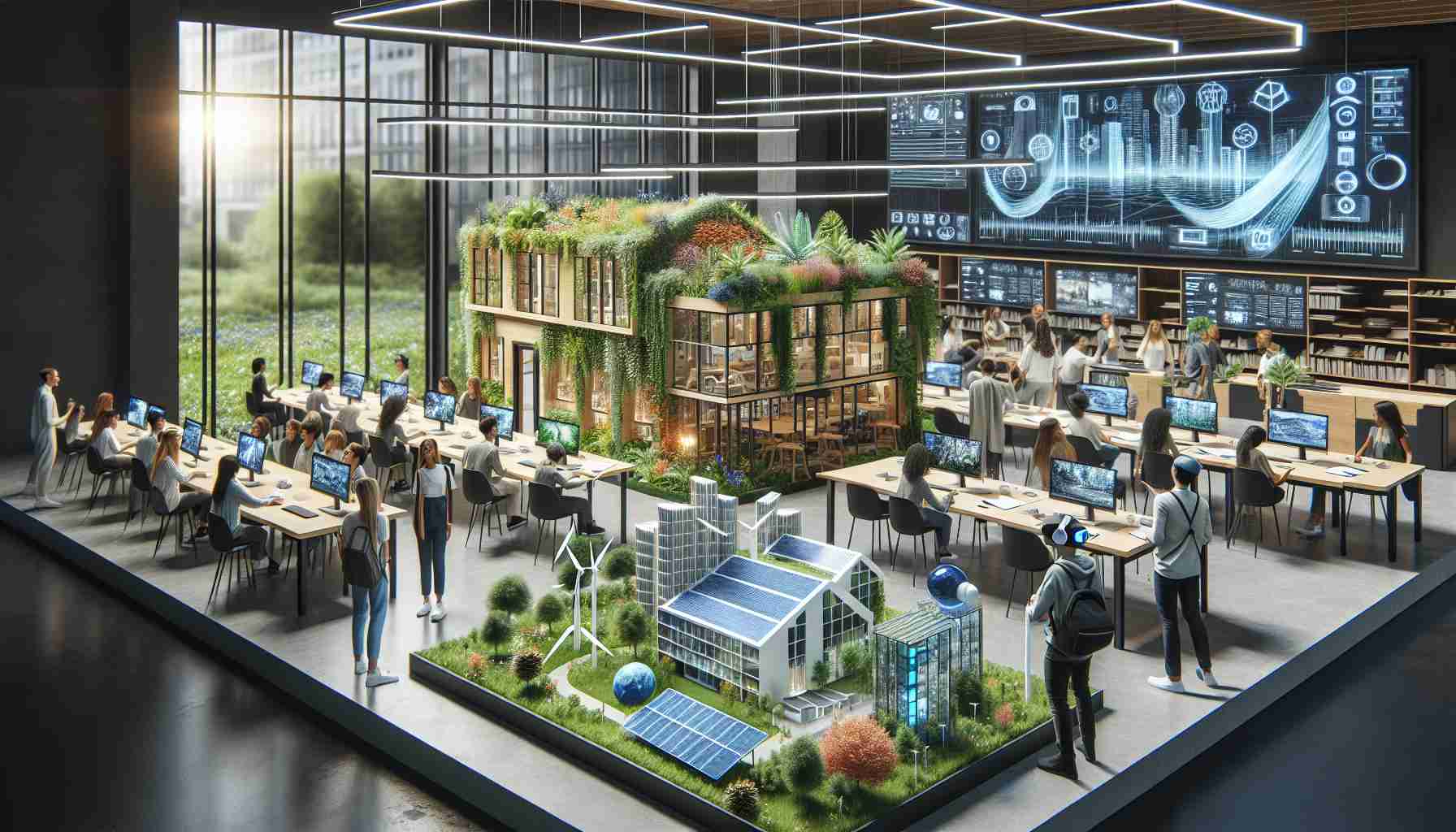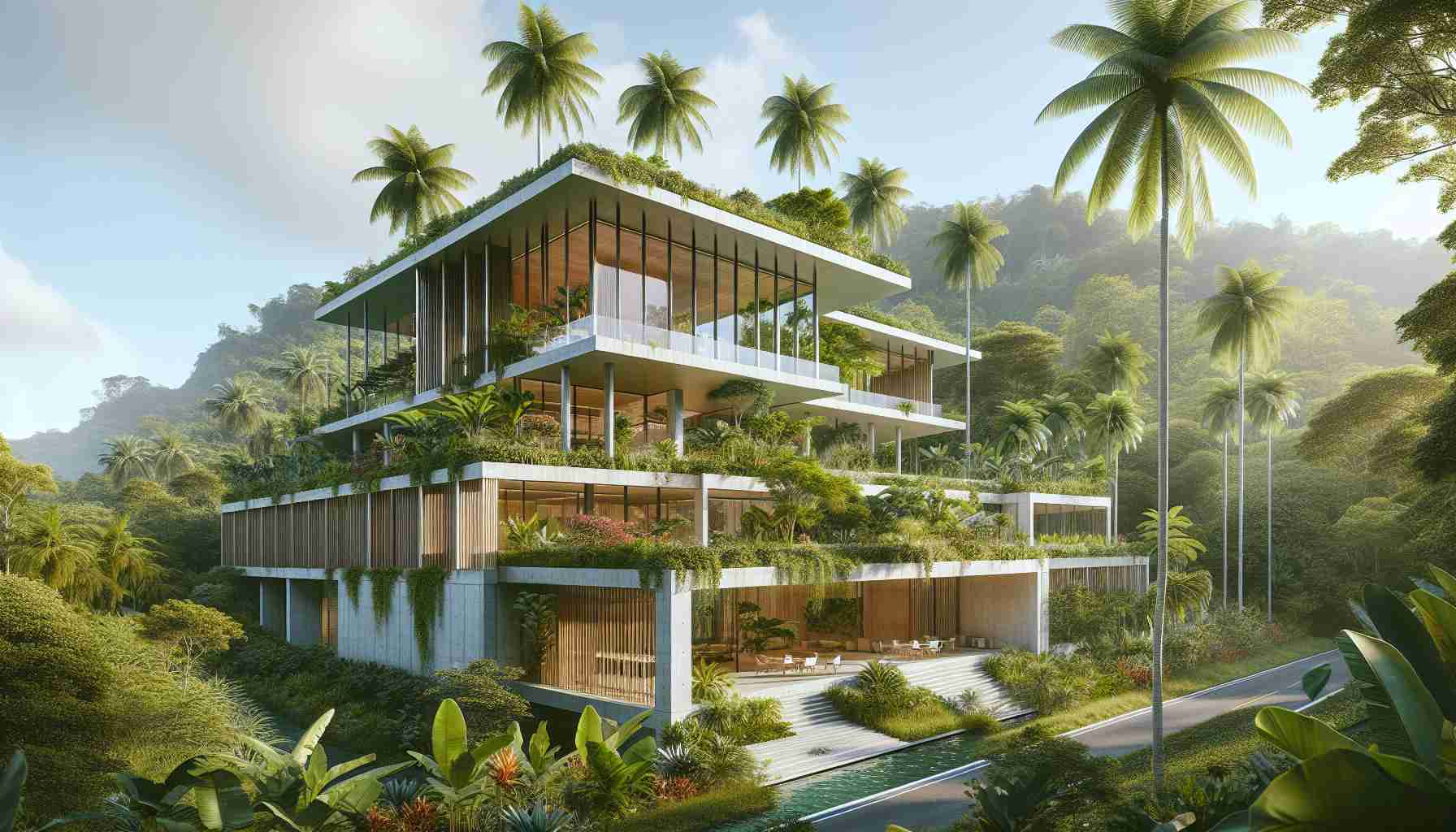Architectural education is undergoing a transformation to address the pressing need for sustainable building practices in the face of climate change. The focus is shifting towards equipping future professionals with the knowledge and skills to design buildings that not only meet human needs but also prioritize environmental responsibility.
The traditional emphasis on aesthetics, functionality, and structural stability in architecture schools is expanding to incorporate sustainability as a primary consideration. This evolution is essential as buildings currently account for a significant portion of global carbon emissions, making architects key players in the fight against climate change.
To achieve the goal of net zero buildings, architects are embracing sustainable design strategies, energy-efficient systems, and renewable energy sources. Net zero buildings aim to balance their energy consumption with renewable sources like solar or wind energy, requiring architects to consider the entirety of a building’s lifecycle, including energy use, water consumption, and waste management.
Modern architectural education now includes courses on sustainable materials, passive design techniques, and renewable energy technologies. Integration of technologies like Building Information Modelling (BIM) allows students to simulate and optimize construction processes, predict energy usage, and minimize waste.
Collaboration between architects, engineers, policymakers, and educators is crucial in the journey towards net zero buildings. Embracing interdisciplinary partnerships and the principles of a circular economy, which emphasizes designing for reuse and recycling, will pave the way for a more sustainable future in architecture.
By reimagining architectural education to center around sustainability, future architects are poised to lead the charge in designing buildings that not only meet the needs of society but also contribute positively to the environment.
Revolutionizing Architectural Education for a Sustainable Future: Exploring Key Questions and Challenges
As the architectural field continues to evolve towards prioritizing sustainability in building practices, several key questions arise along with notable challenges and controversies. Let’s delve deeper into the topic to uncover additional insights that shape the future of architectural education for a sustainable tomorrow.
Key Questions:
1. How can architectural education effectively integrate sustainability principles without compromising creativity and innovation?
2. What role does cross-disciplinary collaboration play in fostering sustainable architectural practices among future professionals?
3. Are there standardized frameworks or guidelines that can ensure consistency and quality in sustainable architectural education programs?
4. How can architectural schools adapt their curricula to keep pace with rapid advancements in green technologies and materials?
5. What strategies can be employed to empower students to become advocates for sustainable design within the larger architectural community?
Key Challenges and Controversies:
1. Balancing Tradition with Innovation: One of the primary challenges is striking a balance between traditional architectural principles and innovative sustainable practices. Ensuring that students grasp the core foundations of design while embracing new technologies and eco-friendly solutions poses a significant challenge.
2. Resource Constraints: Implementing sustainable design strategies often requires additional resources, both in terms of materials and expertise. Architectural education institutions may face challenges in providing students with access to the necessary tools and knowledge to engage effectively in sustainability initiatives.
3. Industry Resistance to Change: The architectural industry, known for its adherence to established norms and practices, may exhibit resistance to adopting sustainable approaches. Overcoming this resistance and fostering a culture of sustainability within the sector presents a notable controversy.
4. Regulatory Hurdles: Navigating complex regulatory frameworks and building codes that may not inherently prioritize sustainability can be a significant obstacle for educators and students aiming to revolutionize architectural practices.
5. Global Adaptation Disparities: While some regions may be at the forefront of sustainable architectural education, others may lag behind due to varying socio-economic factors, creating disparities in the adoption of sustainable principles worldwide.
Advantages and Disadvantages:
Advantages:
– Empowering Future Leaders: By focusing on sustainability, architectural education equips students to become trailblazers in designing environmentally conscious buildings.
– Innovation and Creativity: Embracing sustainable design fosters creativity and innovation, challenging students to think outside the box and explore alternative solutions.
– Positive Environmental Impact: Educating architects on sustainability ensures that future buildings contribute to mitigating climate change and reducing carbon footprints.
Disadvantages:
– Resource Intensity: Implementing sustainable practices may require additional resources, posing financial challenges for institutions and students.
– Resistance to Change: Overcoming established norms and resistance within the industry can slow down the adoption of sustainable architectural practices.
– Limited Standardization: Lack of standardized frameworks for sustainable education may lead to inconsistencies in curriculum quality and implementation across different institutions.
In addressing these key questions, challenges, and controversies, the architectural education sector can continue its march towards a more sustainable future, one that balances innovation with tradition and environmental responsibility with design excellence.
For more insights on sustainable architectural practices and educational initiatives, visit link name.










